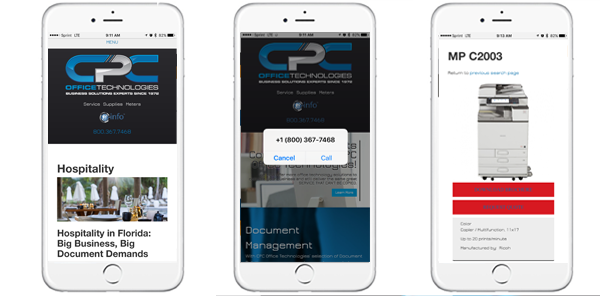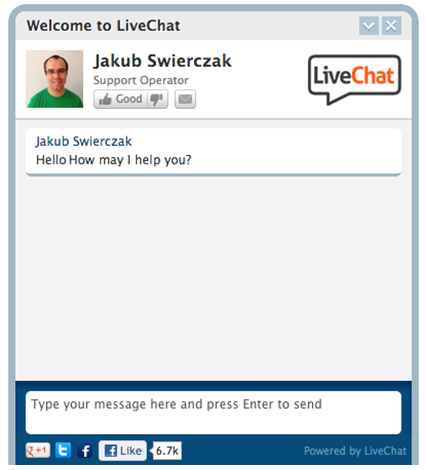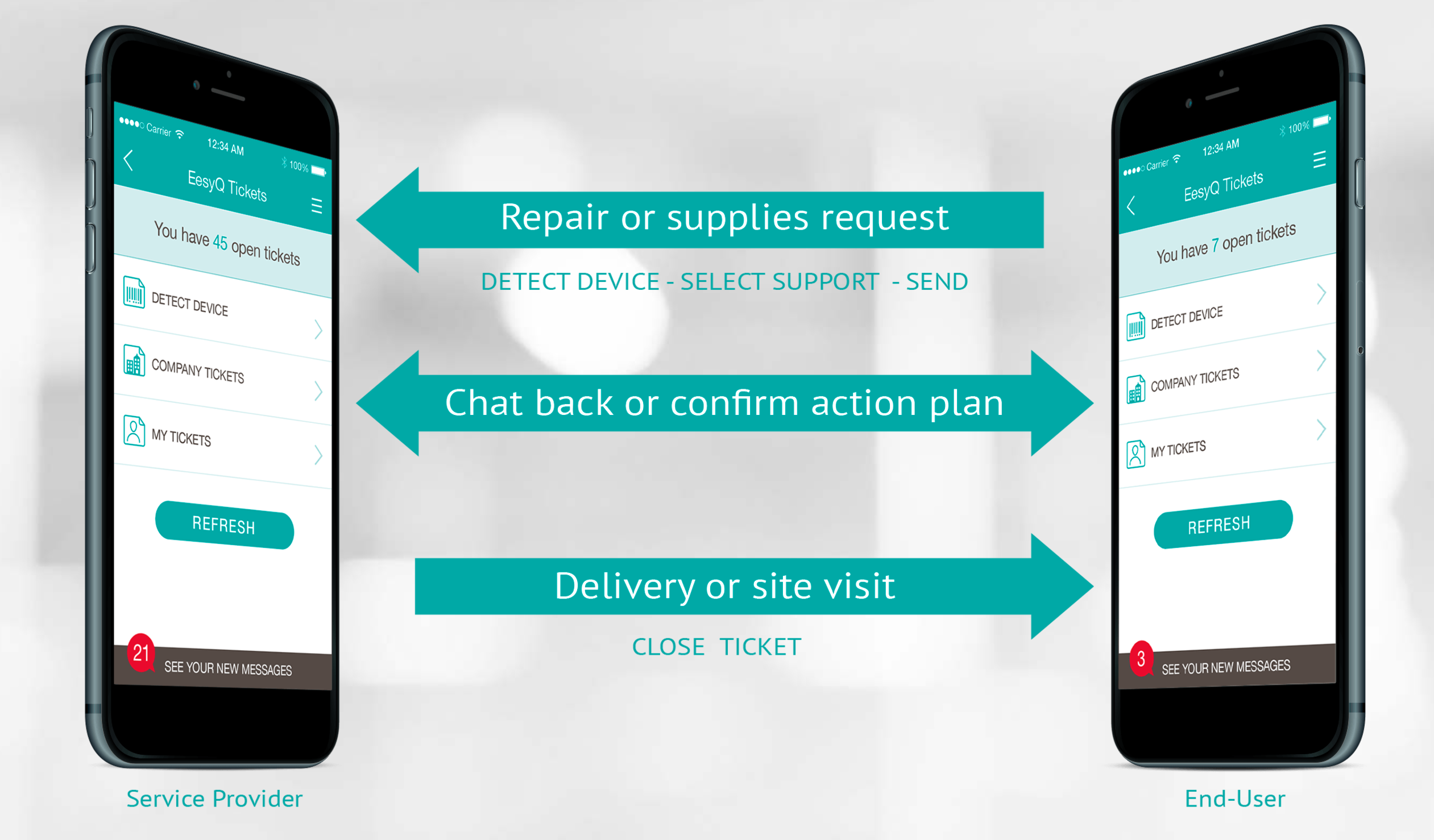
The older I get, the faster time slips by. Sometimes I wake up and realize things have changed. That’s how I felt when I read that the average age of a network administrator is 36 years old. Let that sink in for a minute. That means over half of the network administrators you serve were born after 1981. They all graduated from high school after 1999.
What does this mean for your business? We talk a lot about hiring millennial sales reps. What about serving millennial customers?
Microsoft’s 2016 State of Services research reveals some things that owners need to seriously consider. This is especially true for owners who have built their business based on providing outstanding service.
Online Service Deserves Your Attention
“When engaging with a brand or organization for customer service, 65% of 18 – 34-year-olds’ interactions now begin online compared to 55% across all age groups and 46% of consumers ages 55+.” Wow. 65% of customer service interactions begin online with the 18-34 year-old crowd. Surprisingly, nearly 50% of the baby boomers also begin their service interaction online.
What does this mean? While answering the phone with a live human being is important, the first impression that many customers will get of your company will be what they experience when they come to your website.

Mobile Is Critical
When Google let the world know in April of 2015 that they would not serve up websites that were not mobile responsive in searches by mobile users, they trumpeted the wakeup call that we all need mobile websites. (Shockingly, two years later I still see websites that are not mobile-responsive.) While over 50% of Google’s traffic comes from mobile devices, most businesses get about 20% of their traffic from mobile. Interestingly, most of this traffic goes to support pages. How is your mobile experience? Is it easy to place a service call from your website on a mobile phone?
The next phase of mobile will be apps. While only 6% of people prefer to get service from a mobile app, this is expected to grow at 196% per year. Very soon, it will be critical for businesses to have a mobile service app strategy. One of the most exciting mobile app innovators I’ve seen is www.eesyq.com, a simple app that lets a user place a support call from a mobile phone and then communicate directly with the technician.

Be Ready to Chat
I have a couple of 20-something kids. They prefer to text more than talk on the phone. As frustrating as that may be, it’s their preferred communication style. What if your younger customers feel the same way? 58% of people like the option to communicate with a company over a live chat for support. Why? I think it’s because we’re used to texting. Instead of being stuck on the phone, a chat function lets me multitask while getting a support issue resolved. I think a chat system needs to be a part of a business’ service mix – and so do your younger customers.
Spend Time on Social
When we think of social media, we usually think of marketing and sales. However, social is also a communication channel your service people need to pay attention to. “52% of 18 – 34-year old consumers have used social media to ask a customer service question compared to 31% of consumers overall and 13% of age 55+ consumers.” What does this mean? Your service department should be monitoring your company social media sites. This includes Twitter, Facebook, and LinkedIn.
Younger consumers have a different definition of great customer service. If we aspire to continue to be known as providing outstanding customer service, we need to pay close attention to our online service experience.





